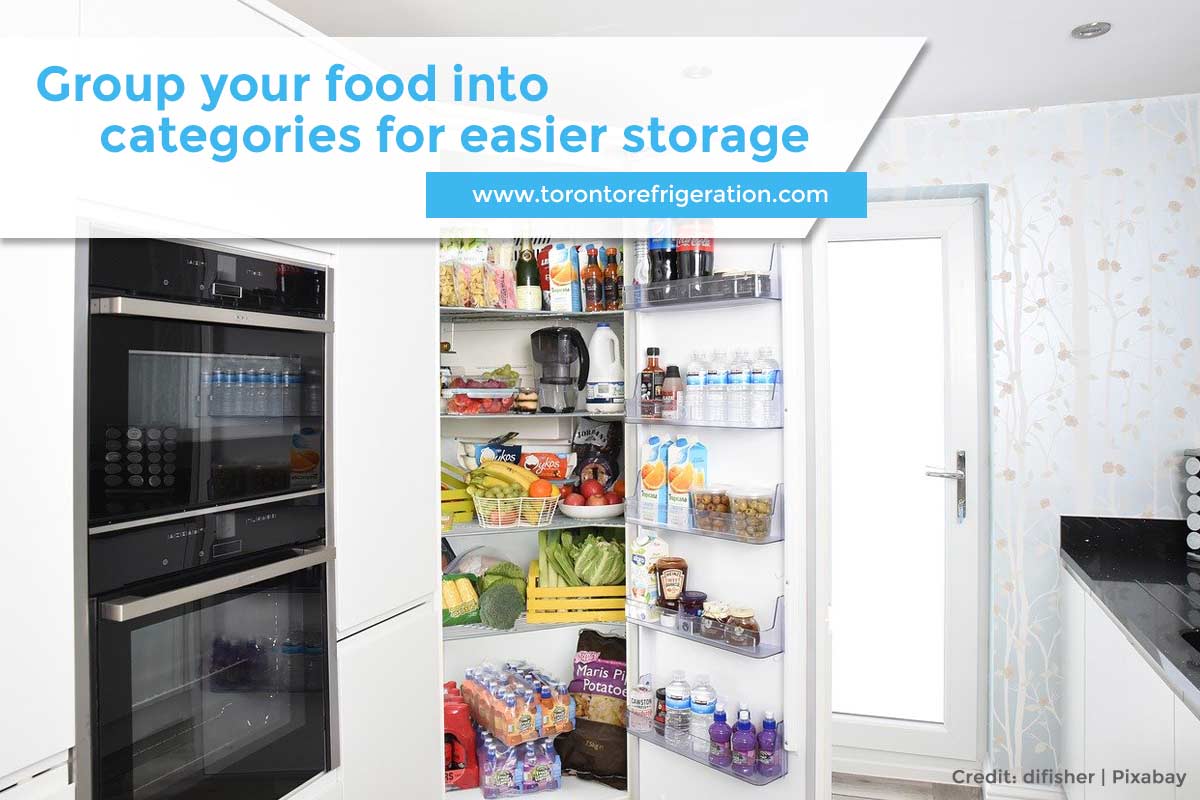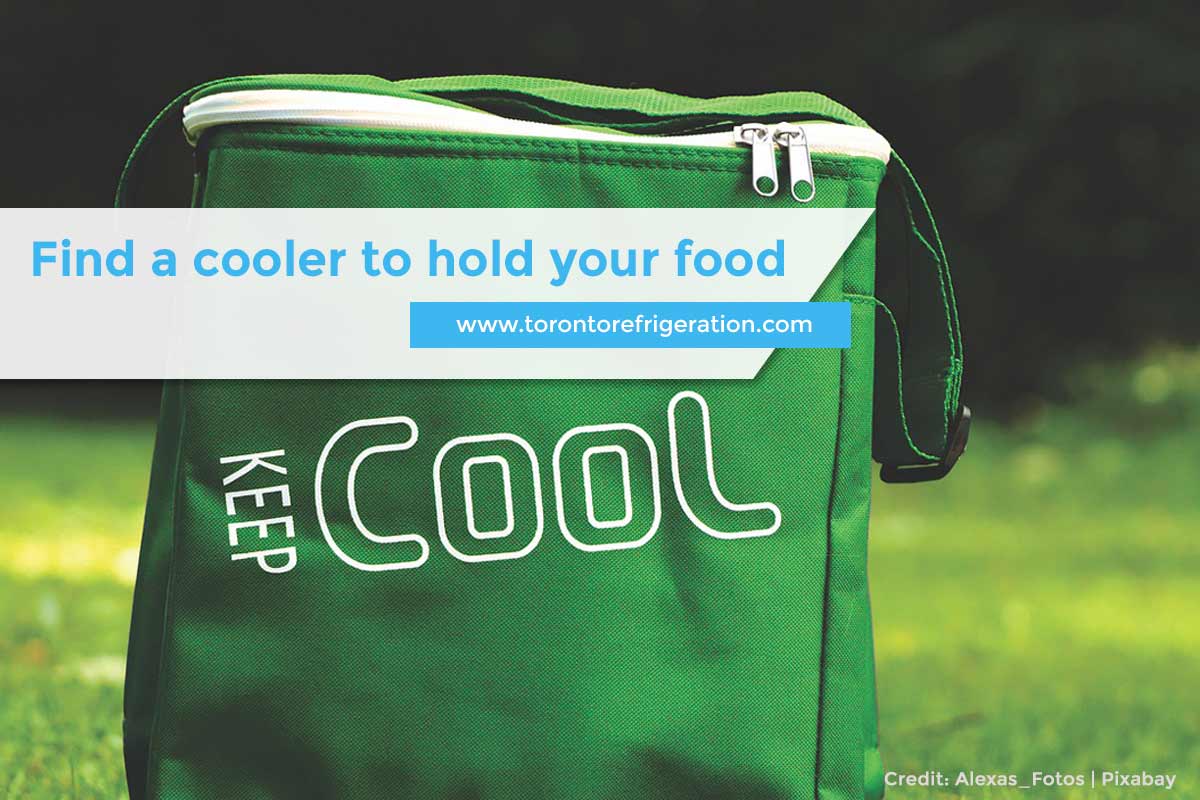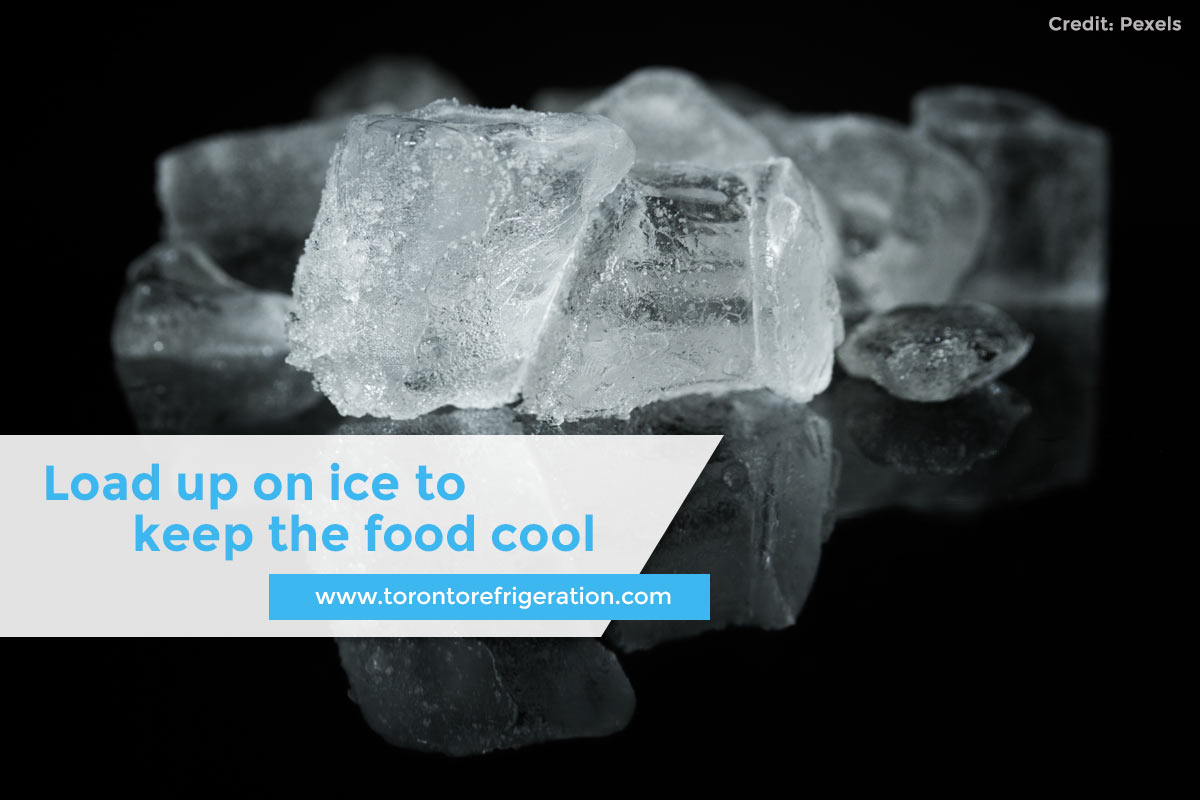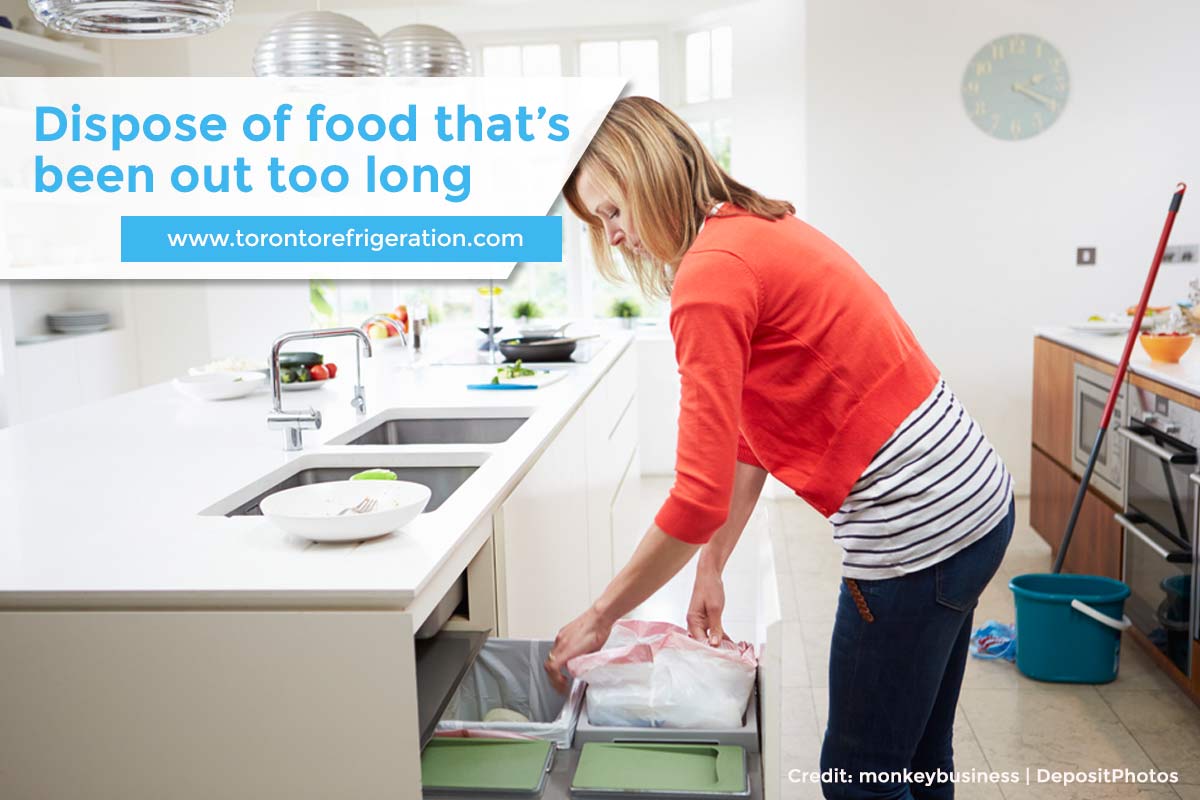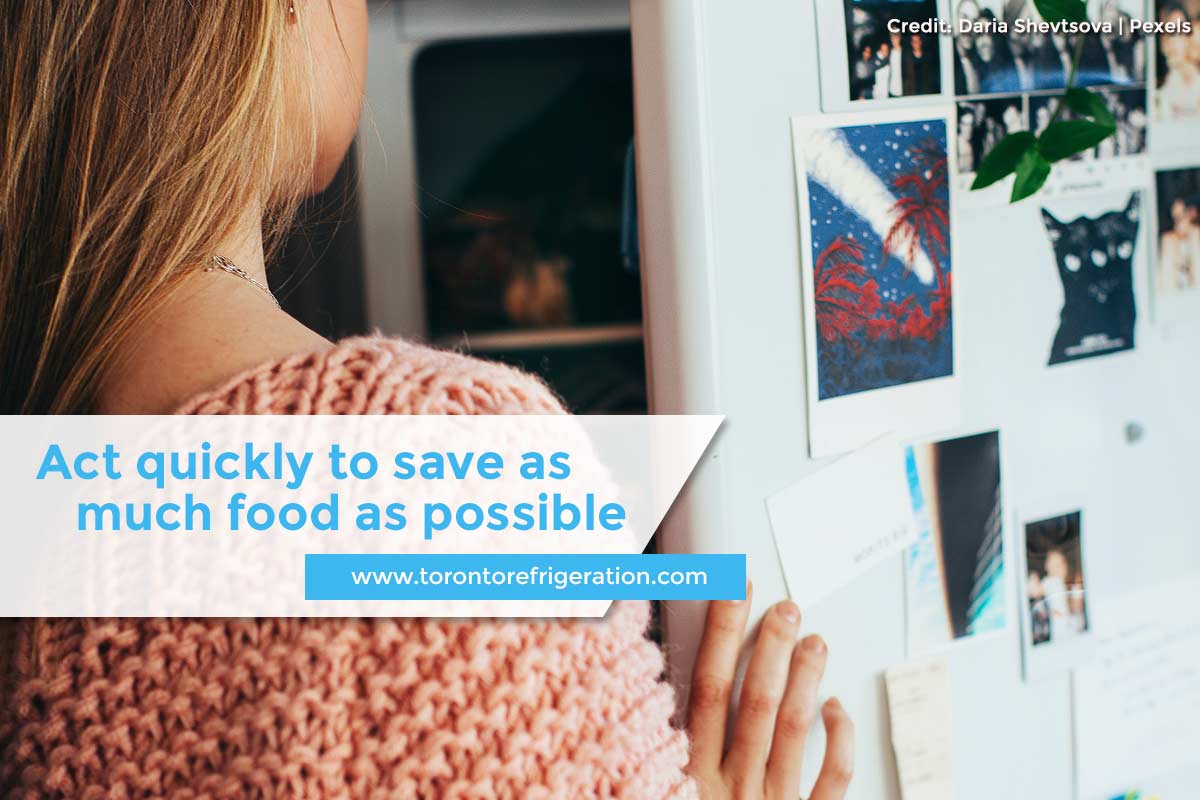How to Save Your Food If the Fridge Breaks
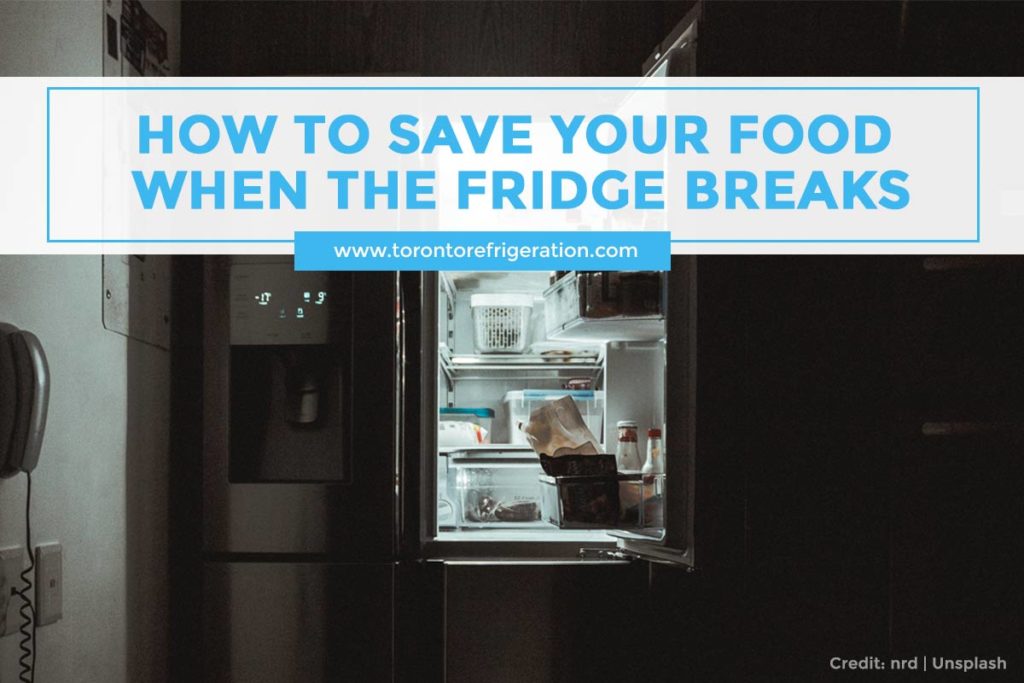
It’s a normal expectation to rely on your fridge to keep working for years, so when it does break down, it tends to catch most people by surprise. When this happens, you need to know what to do about your food. Now that your fridge is in danger of losing its chilling power, you need to save as much of your fridge items as you can. Acting quickly is key to saving the food before it has time to spoil.
Read on to find out how you can preserve your food while you wait for refrigerator repair professionals to address the fridge failure.
What Should I Do?
Here’s what you need to do when your fridge malfunctions:
- Separate Foodstuff
First things first, and in this case, that means the food itself. Take inventory of what you have in the fridge and decide which ones are top priority.
Some foods are better than others when it comes to needing refrigeration. Identify foods that can survive being taken out. This category includes bread, eggs, soft drinks, and dairy-free condiments. Store them in a cupboard until you’ve got the fridge up and running again.
High-priority foods absolutely need to be kept cool to stay fresh. These take priority for storage in your backup to avoid spoiling. These foods include dairy products, meat and seafood, and leftovers. When you’ve found an alternative to your fridge, keep these foods in the coldest section and consume these first before they have time to go bad.
Knowing which food is which can also pay off when you’re looking for the best way to transfer food from your old fridge to the new fridge.
- Find an Easy Alternative
Once you’ve sorted out the contents of your fridge, it’s time to find somewhere to keep them until you can get the fridge fixed.
A cooler is the obvious choice, so get every cooler in the house to maximize the amount of space you have to store your perishables. Load the coolers with ice, ice packs, and colder food items to create a cold environment to keep your food fresh in the meantime.
Alternatively, you can use the fridge’s freezer to keep the perishables cool. As the coolest part of the fridge, the freezer can give you more time to stabilize the situation until you can have your appliance fixed.
- Stock up on Ice
Before long, temperatures inside the fridge will rise and affect the quality of your food, so stock up on ice to keep the fridge cold. Having plenty of ice on hand is invaluable in regulating food temperatures once the fridge starts losing its cool.
Keeping your food in the fridge gives you a few hours before the temperature rises; use the time to secure some ice to control the temperature and keep your food safe. If you need a large amount of ice (assuming it may be a while before you can fix the fridge), bring some extra bags to hold the ice and keep them in the bathtub. As the ice in the fridge melts, you can take the ice from the bathtub and replenish your supply over time.
- Pack Efficiently
How you pack also has an effect on preserving your food. Efficient packing can go a long way toward maintaining general food safety, keeping the temperatures low, and keeping your fridge items fresh for much longer.
When you put your food in the cooler, start by laying down a layer of ice first. Your next layer should be a layer of frozen foods, followed by a layer of fresh food, then another layer of frozen food, and so on. The frozen food can also contribute to keeping overall temperatures in the cooler low, so use them to help the ice.
After you’ve layered your food, spread the rest of the ice and nestle it around all your food items. Distributing the ice is another way of maintaining a consistent temperature and keeping the food cold. While you’re at it, avoid opening the cooler and fridge except to check the temperature. Opening the doors lets in more warm air that can bring up the temperatures and cut down on your time before the food starts warming up.
- Test the Temperature
Keeping ice in the fridge is a prudent move, but eventually, the fridge will lose the cool air stored inside as the temperatures even out. It’s a good idea to check the temperature inside your fridge and coolers from time to time to determine whether the food inside is still safe to eat or not.
Ideally, the temperature inside the cooler should be no higher than 4°C. Keep the temperature at that level or lower to ensure the food stays safe. Bacteria will start growing if the temperature rises above 4°C for longer than 2 hours, so take steps to keep the temperature low. Use the fridge thermometer to tell you how high the temperature has gotten so you can add some more ice to control the temperature. You can also use a food thermometer to test if the food is still safe to consume.
- Prioritize Safety
While it’s important to take steps to save your food, it’s equally necessary to keep emergency food safety in mind. After perishables have gone unrefrigerated for longer than 2 hours, they may no longer be viable. At that point, it’s usually safer to throw that food out to avoid the health risks.
The previous steps can play a major role in preserving your food. However, you need to be prepared for the worst-case scenario and know when to cut your losses. Removing suspect items after enough time has passed can also protect the rest of your supply. It’s standard operating procedure to remove food once it’s passed its expiration date, and the same principle applies here. Once food has gone bad, it’s vital you dispose of it right away to avoid contaminating the rest.
How Much Time Do I Have?
You generally have a window to act and secure your food before it starts getting too warm inside the fridge. On average, food left in a fridge that isn’t running will stay cool for roughly 4 hours, assuming you open the door sporadically. Take advantage of those hours to find alternatives to using the fridge and get some ice to help keep the food cool. Prudent use of time can be a deciding factor in helping preserve more of your food until you can call for appliance repair.
When your fridge breaks down, it’s important you address the issue right away. However, aside from getting the fridge fixed, it’s also vital you take good care of your food to preserve it. Much of your food is at risk at this time, so it pays to know how to keep the contents of your fridge cool to minimize any damage.
When you need appliances fixed, and fixed quickly, give Toronto Refrigeration a call. We specialize in same day repair services to get your appliances back to you when you need them most. Call us now at (416) 918-2700 to get in touch.
